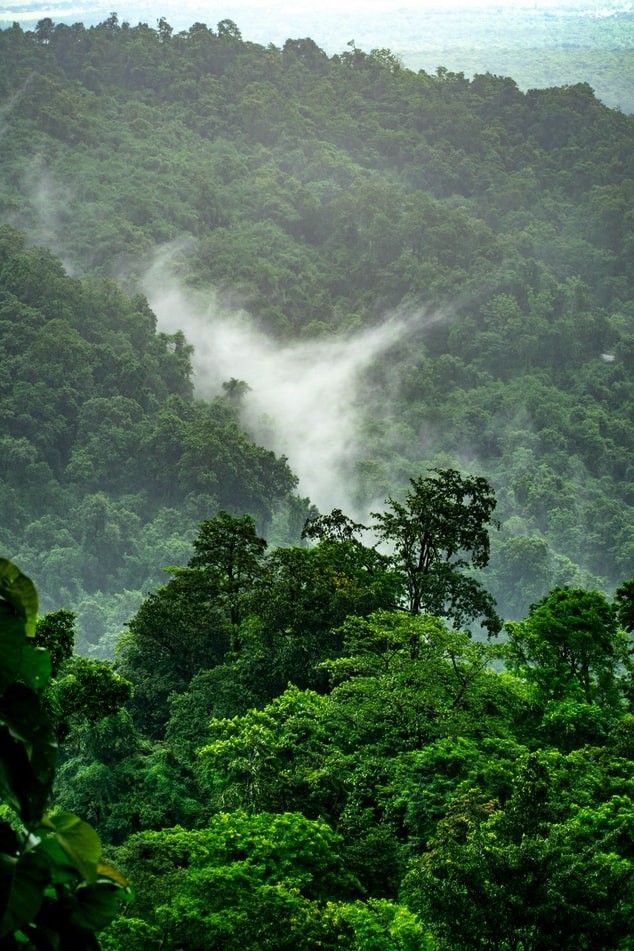
It is quite common for environmental activists in the city to spew out slogans like "save the rainforest" but saving the environment is more than just reforestation and it is quite complicated to do just that. If conservationists would have their way, they would immediately begin restoration of habitats and create laws that would protect these habitats and the creatures that reside in them against poachers, however, it is also important to figure out which species are still abundant compared to those that are threatened with extinction and identify the conditions that have risen to give way to these phenomena. In short, finding out what drives a region's biodiversity is never an easy task.
Ecologists would always advise that the better we measure everything that encompasses a rainforest -- its flora and its fauna -- the more we will find patterns that can help conservation efforts. For instance, a new study published in Biotropica analyzed the large dataset on small mammals in South America and found out that the existing climate affects biodiversity in rainforests even more than deforestation. According to Noe de la Sancha, a scientist at the Field Museum in Chicago and a professor at the Chicago State University, changing the ways of how we measure biodiversity can come up with surprising patterns such as this. He explains that when people think of biodiversity, they immediately think about the number of species in a particular place (technically, that is called taxonomic diversity). What de la Sancha and his team aim with this paper are to incorporate better biodiversity measures that will include both functional and phylogenetic diversity.
FUNCTIONAL DIVERSITY vs. PHYLOGENETIC DIVERSITY
To those who are not familiar with these ecological terms, functional diversity is pertaining to the roles each organism play in their respective ecosystems. For instance, when taking functional diversity in mind for this study, scientists consider whether the mammals in the area primarily eat insects or seed. They would consider the habitat of the mammal whether or not they live in trees or the forest floor. Functional diversity also takes into consideration quantitative characteristics like weight, ear, foot, and tail size to be able to quantify how many different ecological roles a habitat is able to sustain.
On the other hand, phylogenetic diversity deals with the branches of an animal's family tree and how is it represented in an area. As an example, in this study, they measured a patch of land that is home to closely-related rodents. This patch of land is considered less diverse than those that consist of different rodents, marsupials, and more. In applying these approaches, de la Sancha and his co-authors discovered that climate-related variables had more effect on small mammals across the entire forest system. The researchers also found out that even if a certain species disappear from an area, different species with a similar role tend to replace them in other forest patches.
Changes to the climate have big, sweeping effects on the forest ecosystem, according to the study. It describes how BIO9 (a bioclimatic variable that measures how hot the forest is in its least rainy season) affects biodiversity across the whole ecosystem. The fact that these climate variables have a direct role in the health of our rainforests is concerning -- it provides proof that the changing climate is greatly affecting large ecosystems and demands urgency in studying and protecting habitats like the Atlantic Forest and the Amazon forest system. Scientists like de la Sancha would often emphasize how little humanity knows about these species of small mammals. He says once that they acquire more specimens, the team can definitely improve how they quantify functional diversity and their understanding of why these species of small mammals evolved the way they did.











